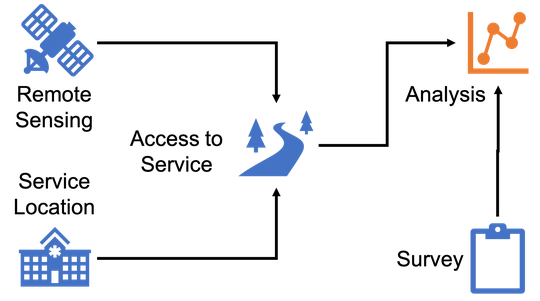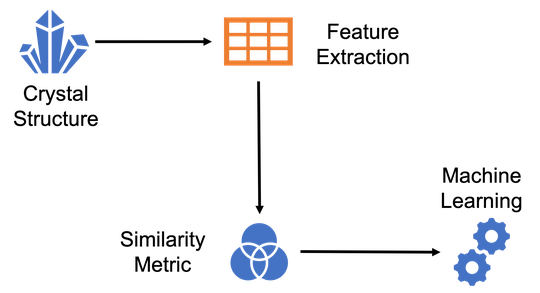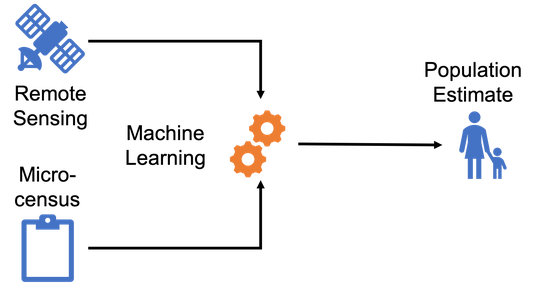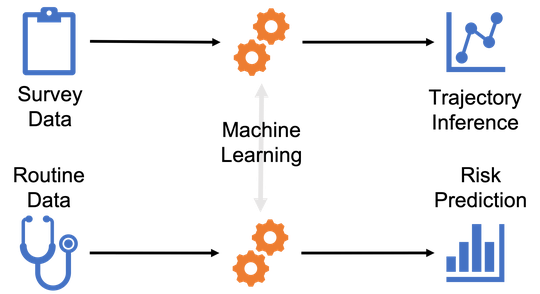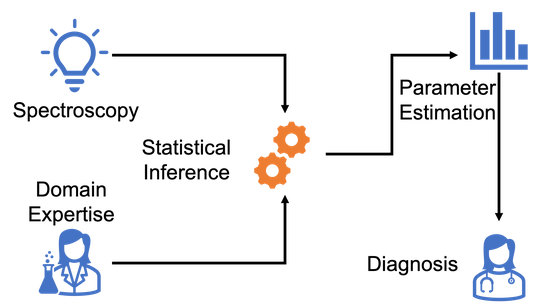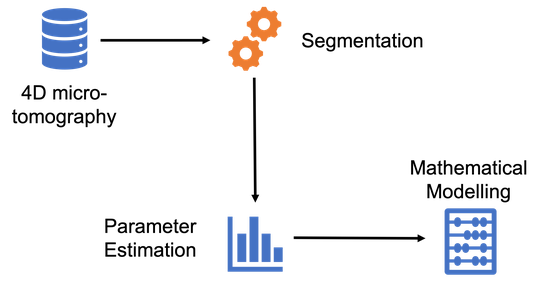Sohan Seth
Lead Data Scientist
University of Edinburgh
Biography
I am the Lead Data Scientist (Senior Research Fellow equivalent) at the School of Informatics, University of Edinburgh. I lead the Data Science Unit (DSU) for Science, Health, People and Environment (SHaPE).
Affiliations/Collaborations:
- Advanced Care Research Centre (ACRC)
- AI and Multimorbidity: Clustering in Individuals Space and Clinical Context
- Centre for Statistics
- Computational Social Science
- Data for Children Collaborative with UNICEF
- Functional Materials Group
- ICU-HEART
- Shankar-Hari Group
- The New Real
- Translational Healthcare Technologies
News:
- 01.09.2023: Luwei, Max and Sean join as PhD students
- 01.09.2023: Papers in BMC Medicine, The Lancet Digital Health and AI Surgery
- 01.08.2023: Kieran and Debbie join as PDRAs
- 10.03.2023: Paper accepted at IEEE Transactions on Biomedical Engineering
- 08.03.2023: Saeeda joins as PhD Student
- 07.02.2023: Paper accepted at IEEE Transactions on Biomedical Engineering
- 09.01.2023: Nada joins as PhD Student

